Life
Sign up for our newsletter
We summarize the week's scientific breakthroughs every Thursday.
-
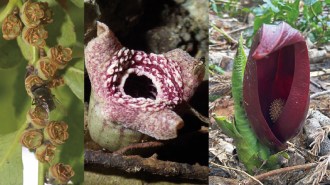 Plants
PlantsPutrid plants can reek of hot rotting flesh with one evolutionary trick
Some stinky plants independently evolved an enzyme to take the same molecule behind our bad breath and turn it into the smell of rotting flesh.
-
 Oceans
OceansBefore altering the air, microbes oxygenated large swaths of the sea
Hundreds of millions of years before oxygen surged in the atmosphere 2.4 billion years ago, swaths of oxygen winked in and out of existence in the ocean.
By Nikk Ogasa -
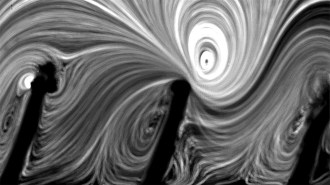 Health & Medicine
Health & MedicineLining medical stents with hairlike fuzz could fend off infections
Implanted tubes that transport bodily fluids can get gross. A lab prototype suggests a new vibration-based way to keep them clean and prevent infection.
-
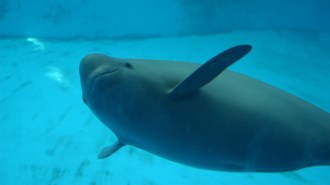 Animals
AnimalsAncient poems document the decline of the Yangtze finless porpoise
The porpoise is critically endangered. Ancient Chinese poems reveal the animal’s range has dropped about 65 percent over the past 1,400 years.
-
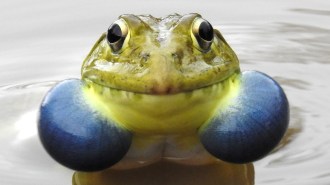 Animals
AnimalsFrog ribbits erupt via an extravagant variety of vocal sacs
Shape matters as well as size in the great range of male frog show-off equipment for competitive seductive serenades.
By Susan Milius -
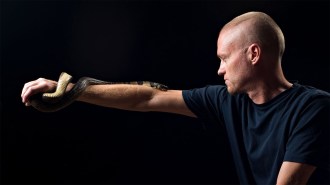 Health & Medicine
Health & MedicineA man let snakes bite him 202 times. His blood helped create a new antivenom
A new antivenom relies on antibodies from the blood of Tim Friede, who immunized himself against snakebites by injecting increasing doses of venom into his body.
By Meghan Rosen -
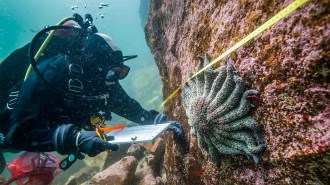 Animals
AnimalsCool water could protect sea stars from a mysterious disease
Sunflower sea stars discovered taking refuge in fjords may offer clues to saving the critically endangered species from sea star wasting disease.
-
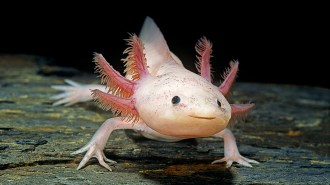 Animals
AnimalsThe axolotl is endangered in the wild. A discovery offers hope
Introducing captive-bred axolotls to restored and artificial wetlands may be a promising option for the popular pet amphibian.
By Anna Gibbs -
 Archaeology
ArchaeologyA Pueblo tribe recruited scientists to reclaim its ancient American history
DNA supports modern Picuris Pueblo accounts of ancestry going back more than 1,000 years to Chaco Canyon society.
By Bruce Bower -
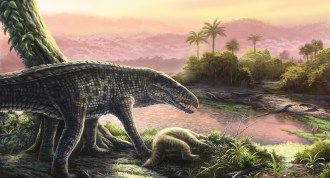 Paleontology
PaleontologyThese crocodile-like beasts reached the Caribbean, outlasting mainland kin
Knife-toothed reptiles called sebecids went extinct on the mainland 10 million years ago. New fossil evidence puts them on an island 4 million years ago.
By Jake Buehler -
 Oceans
OceansHow will the LA fires affect the ocean? These researchers are racing to find out
Scientists aboard a research vessel near Los Angeles collected ash, air and water samples as fire blazed on the hills before them in January.
-
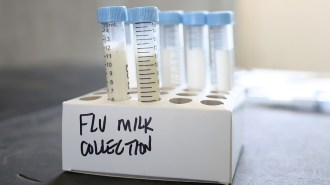 Health & Medicine
Health & MedicineBird flu in cows shows no signs of adapting to humans — yet
Easy replication in cattle mammary glands means H5N1 bird flu is under no evolutionary pressure to adapt to spread easily in humans.